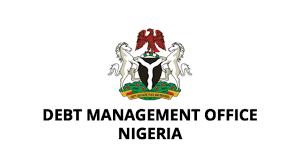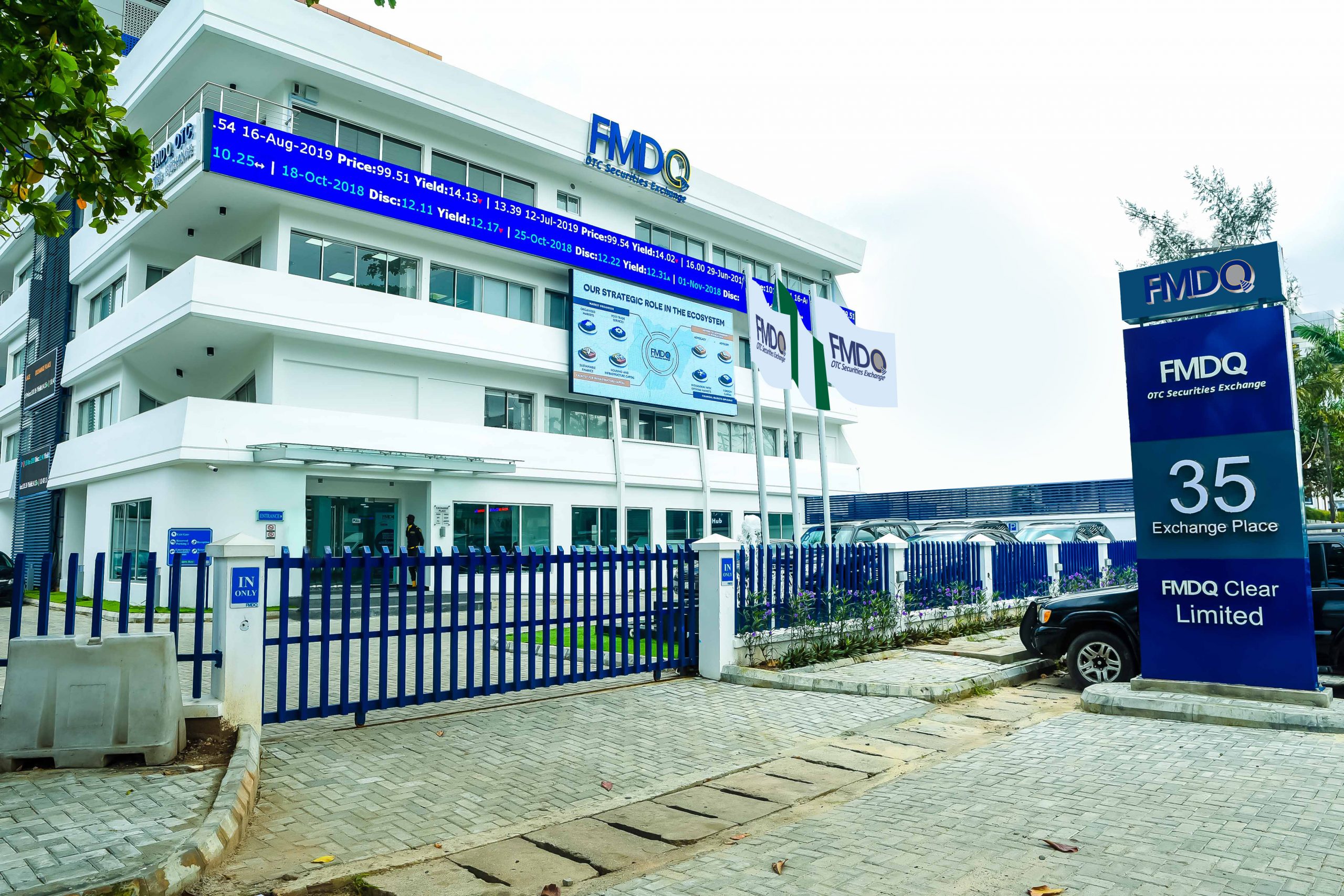Nigeria’s total public debt climbed to N152.40 trillion as of June 30, 2025, up from N149.39 trillion recorded at the end of March, according to the latest figures released by the Debt Management Office (DMO).
The new data indicates a N3.01 trillion rise within three months, representing a 2.01 per cent increase. In dollar terms, the debt stock expanded from $97.24 billion to $99.66 billion, marking a 2.49 per cent uptick, driven by increases in both external and domestic obligations amid a weaker naira and persistent fiscal pressures.
According to the DMO, Nigeria’s external debt stood at $46.98 billion (N71.85 trillion) as of June 2025, compared to $45.98 billion (N70.63 trillion) in March. Multilateral institutions remained the largest creditors, with a combined exposure of $23.19 billion, representing 49.4 per cent of the country’s total external liabilities.
The World Bank, through its International Development Association (IDA) arm, accounted for the largest share at $18.04 billion. Bilateral loans totalled $6.20 billion, led by the Export-Import Bank of China with $4.91 billion, followed by smaller exposures to France, Japan, India, and Germany.
On the commercial side, Eurobonds accounted for $17.32 billion, making up 36.9 per cent of Nigeria’s external debt, while syndicated and commercial bank loans stood at $268.9 million.
Analysts say the continued rise in debt underscores Nigeria’s widening fiscal deficit and the need for stronger revenue generation strategies to ensure debt sustainability.















